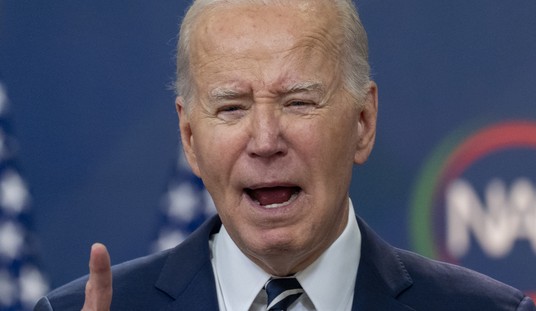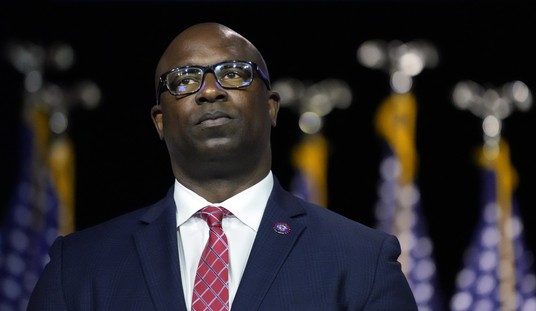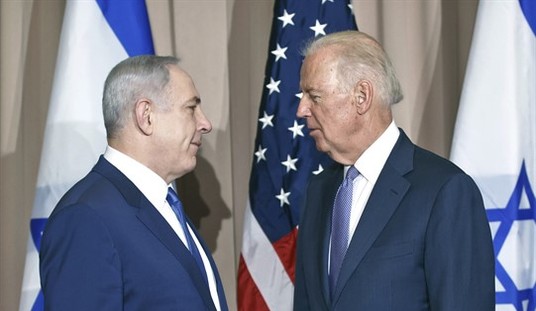With the publication of Amity Shlaes’ biography of Coolidge, you might expect a sudden burst of Twenties Nostalgia. Everyone will get it wrong. There wasn’t any such thing as “the Twenties.”
But we think there was. The Simpsons’ Kent Brockman summed it up perfectly: “The Twenties! When Al Capone did the Charleston atop a flagpole.”
http://www.youtube.com/watch?v=yV5xChVKFmQ
That’s as accurate as saying that everyone in Seventies was Kung Fu Fighting.
Decades get boiled down to songs, pictures, celebs, and fads, and we think we know them. The Forties: War! Then five years of something-or-other. The Thirties: everyone stood in breadlines waiting for the Wizard of Oz to be released so they could have some color. The decade before the Twenties — well, not so clear. The Titanic sunk, triggering World War One, somehow. The Twenties? Jazz and bathtub gin and F. Scott Fitzgerald throwing up on a flapper during a Jolson movie.
So what was it like? I’m no expert on the era, but I’ve studied the pop culture — movies, songs, magazines — for the segment of my Website devoted to the 1920s. It can be a stubborn era to grasp. The Gatsby stereotypes loom too large; 1929 seems like a different world than 1921; the era that followed reinvented movies and created characters much more vivid than the overacting shades of the silent era. The ‘30s speak to us. The ‘20s gesture.
In retrospect, it seems rather goofy. Like this:
A Woody Allen movie parody — except that’s exactly what it sounded like. Quaint to modern ears. Now try this: a tune made popular by the most unlikely fellow to be known as the King of Jazz, Paul Whiteman. Okay, it’s dated 1930, but this is right out of the top of the bubble.
The song is all over the place, throwing one instrument after the other — full band, then violin and guitar, heading towards that 2:22 spo-de-oh-dee moment where everyone puts their hands up in the air and shimmies their palms. Because the good times are here and youth culture is finally giving grown-up culture a run for its money, and everyone’s spifficated on liquor the crooks brought over the river from Canada.
Here’s what it sounded like if you were there:
It’s different when you hear the Twenties in stereo, isn’t it?
(The graphics chosen for the video, by the way, are from the game “Fallout,” which uses ’50s-style graphics in a post-apocalyptic world. But hey, does it matter? Anything that didn’t happen before 1995 is “retro” now.)
So is that the Twenties? Yes and no. The Twenties led up to that; the music evolved. Everything evolved — or least got faster and racier, if you call that progress. You start with a naughty joke book in 1921, and by the middle of the decade, the lid’s off:
Architecture didn’t so much evolve as break the mold all at once. Classical styles had dominated the vocabulary for two decades, but the end of the Twenties brought designs that sprang from a new approach to the tall tower that had nothing to do with history. The Empire State is thought of as a ‘30s building, but the designs came from its architects’ late-’20s Reynolds Building in Winston-Salem. The “Art Deco” Chrysler building was begun in 1928 — and looked gaudy in a few years when the stern, stripped-down competitors were finished. The Depression made the severe new style apt for an era of Sober Federal Post Offices everywhere, and Hollywood glamorized the style, softened it, and popularized Depression Moderne. The look of the cities was changed, for good. 1929, in other words, doesn’t fit in the same box as 1921.
What did it smell like? BO, hair tonic, cigarettes, cigars, probably. What did it taste like? Simpler, thicker, but probably recognizable. They ate Abba-Zaba bars (taffy with a peanut butter center), Baby Ruths, Bit-O-Honeys, and maybe a Charleston Chew when climbing up the flagpole. The magazine ads are heavy on bacon and the miracles of canned pineapples; Jell-o is presented as an elegant confection served in the finest homes. White Castle was the McDonald’s of the day, with its doppelganger White Tower serving tiny square hamburgers, cooked in front of everyone so you could see there weren’t any flies. (Really: the white ensured Purity, a big thing in the days of dubious meat.) You could reconstruct a day of 19’20s flavors without much effort.
For that matter, you could find a street in New York where it still looks like 1926, aside from the signage and fashion, but you couldn’t convince yourself it wasn’t 2013. The reason? Cars. I’m convinced this is why the ‘20s seem more remote than the ‘30s. The river of indistinguishable black Fords coursing down the streets, versus the streamlined vehicles of the ‘30s — the ‘30s look like the start of the world in which we live. The ‘20s look like the end of the world that began with Verdun and the miseries of World War One, the last gasp of the old world in its familiar forms. In truth the transition was already underway when the ‘20s began — we just see their end, and the spectacular flameout of its cultural and political assumptions, in the headlines of the Crash.
It would have been fun to stand on Gatsby’s lawn and watch the revels, but as Fitzgerald himself wrote after Gatsby was dead:
From the ruins, lonely and inexplicable as the sphinx, rose the Empire State Building and, just as it had been a tradition of mine to climb to the Plaza Roof to take leave of the beautiful city, extending as far as eyes could reach, so now I went to the roof of the last and most magnificent of towers. Then I understood — everything was explained: I had discovered the crowning error of the city, its Pandora’s box. Full of vaunting pride the New Yorker had climbed here and seen with dismay what he had never suspected, that the city was not the endless succession of canyons that he had supposed but that it had limits — from the tallest structure he saw for the first time that it faded out into the country on all sides, into an expanse of green and blue that alone was limitless. And with the awful realization that New York was a city after all and not a universe, the whole shining edifice that he had reared in his imagination came crashing to the ground.
Crash it did, and to someone who rode the decade as high as it would go, it might still seem that everything that followed was just rearranging the rubble. Things were never quite fun in the same way. When youth culture returned in the ’50s, people were dancing in the shadows of nuclear weapons; it curdled into an anti-technology culture in the hippie-60s that would have amused the progress-minded novelty-seekers of the ‘20s. The U.S. was on top, eager for joy, unchallenged. Party time.
Which is why it’s amusing that Coolidge is the symbol. Chris Rock wouldn’t call him the national dad, but he was a grown-up.
They come in handy when the juveniles start to think they know everything.
Related: PJM’s Ed Driscoll interviews Amity Shlaes on Coolidge.









Join the conversation as a VIP Member